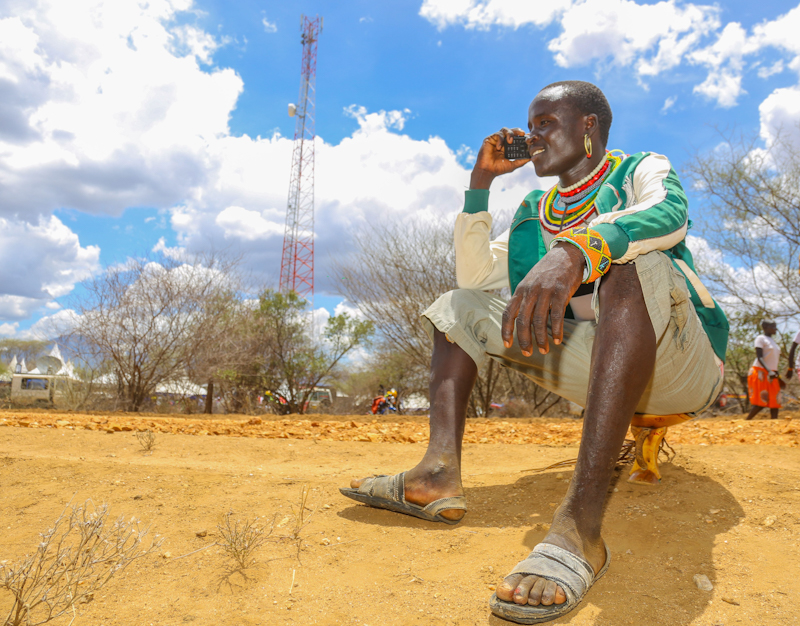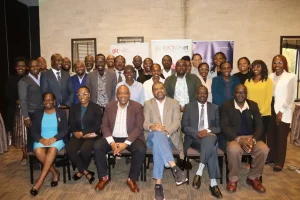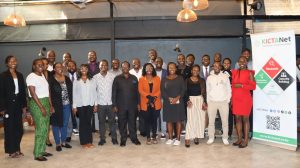Universal service is one of the core mandates of telecommunications regulators and governments. It is anchored on three principles: access, affordability, and availability. To achieve this, approaches such as market-based reforms and mandatory service obligations have been implemented. However, gaps still exist; hence the Universal Service and Access Funds (USAFs) were set up worldwide as an incentive for operators, especially in remote and underserved locations. In Africa, 37 countries have established USAFs, but only 23 funds are considered active.
Some of the existing active USAFs are: The Ghana Investment Fund for Electronic Communications (GIFEC) established under the Electronic Communications Act 775 of 2008 as an independent agency under the Ministry of Communications and Digitisation. GIFEC is funded by contributions from licensed operators who contribute 1% of their annual revenue. Other sources of funding include the Ghanaian parliament, donations, and grants.
The Nigerian Universal Service Provision Fund (USPF) was established in 2007 and received 40% of the Annual Operating Revenues remitted to the Nigeria Communications Commission by operators. Kenya’s Universal Service Fund (USF) was established under the Kenya Information Communications Amendment Act 2009 (KICA 2009) and the Kenya Information and Communications Regulations 2010 (KICR US&A 2010).
Universal Service and Access Funds (USAFs) are typically used to expand access to telecommunications services in rural and remote areas. This may involve the construction of new telecommunications infrastructure, such as towers, cables, and other infrastructure, in order to connect these areas to the telecommunications network. For example, GIFEC in Ghana, through its rural telephony project, connected over 1000 communities, while the USF in Kenya connected 14 sub-locations to mobile network services in West Pokot County and allocated an additional KES 1.1 Billion to connect 101 sub-locations across 19 counties. In 2023, Kenya further intended to connect 97 sub-locations in marginalised areas with a population of 471,000 people to the Telecommunications Mobile Active Infrastructure and Services.
In addition to expanding access to telecommunications services, USAFs also support the development of other related services and infrastructure, such as community information centres and digital skills training.
One of the main challenges facing USFs in Africa is the lack of funding. Many African countries have limited resources and may struggle to fund the expansion of telecommunications infrastructure in rural and remote areas. In addition, there may be challenges in ensuring that the funds are used effectively and efficiently to expand access to telecommunications services. Another challenge is the lack of infrastructure in many rural and remote areas of Africa.
To provide telecommunications services, a network of towers, cables, and other infrastructure must be in place. This can be expensive and time-consuming to build, especially in areas that are difficult to access. Finally, there may be regulatory challenges to implementing USAFs in Africa. Each country has its own set of laws and regulations regarding telecommunications, and it may not be easy to coordinate the expansion of services across borders.
USAFs can be made more efficient through the following:
- One way to improve USAFs is to increase the amount of funding available for the expansion of telecommunications infrastructure. This could come from government budgets, international aid, or private investment.
- Improve coordination and cooperation among different stakeholders, such as governments, regulatory agencies, telecommunications companies, and communities. This could involve establishing clear guidelines and goals for the expansion of telecommunications services, as well as mechanisms for monitoring and evaluating the impact of these programs.
- Promote the use of new technologies: The use of new technologies, such as satellite communications or wireless broadband, could help to expand telecommunications access in rural and remote areas of Africa more cost-effectively. These funds could support the deployment of these technologies in order to increase access to telecommunications services.
- Foster local ownership and participation: Involving local communities and businesses in the planning and implementation of USF programs can help ensure that the expansion of telecommunications services is sustainable and meets the needs of the people in these areas.
This is a series of blogs on the work KICTANet has been doing around Community Networks.
________________________________________________________________________________________
Josephine Miliza is the Africa Community Networks Policy Coordinator.
![]()




